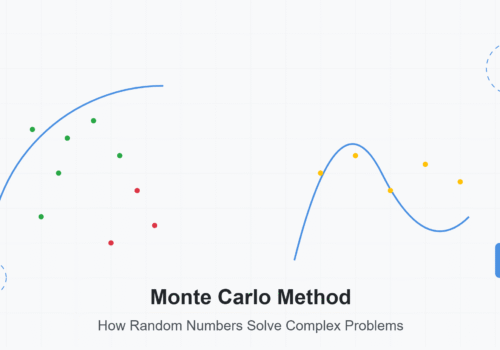The Most Effective Push Notification Ads: An Examination of Their Psychology
Push notification advertisements are psychological triggers included into digital strategies, not only pop-ups. Because people are conditioned to respond quickly to stimuli, the most effective push notification ad are brief and urgent. People are inclined to notice and react to messages that pique their interest or offer instant benefit, according to the psychology of attention. According to psychologist B.F. Skinner’s reinforcement theory, best push notification ads that provide incentives or acknowledgement frequently have the best results. To keep users interested without being overbearing, gamified applications employ varied reinforcement, a psychological strategy that may become addictive in situations like gaming or gambling. This dynamic is replicated by marketers to maintain user engagement without becoming overbearing.
To attract attention and trigger personal relevance, a powerful predictor of engagement, the most effective advertisements make use of user-specific information such as names, preferences, setting, or app activity. Additionally, personalisation strengthens the bond between the customer and the brand, which eventually increases loyalty. A push ads example of this can be seen in how brands tailor messages based on user behavior. According to psychologist Robert Cialdini, social proof is one psychological lever that push notifications employ to convey community behaviour or popularity. This strategy works particularly well in sectors like leisure services, fitness, and e-commerce.
According to cognitive load theory, the limited processing ability of the human brain makes basic push advertisements successful. To increase response rates, a ride-sharing app may, for instance, send an alert at 7:50 AM with an introductory offer depending on a user’s journey time. All things considered, if sent at the appropriate moment, well-written push advertisements may be effective.
The wording and tone of push advertisements affect how users perceive and respond. According to cognitive linguistics, people react differently to words depending on how they are framed, which makes little phrasing adjustments more compelling. Given that colours have emotional connotations, colour and iconography in advertisements also relate to psychological theory. Emojis may improve the emotional tone and clarity of messages, but overuse can undermine professionalism. Several psychological concepts are incorporated into a user-centric encounter by a good push notification approach.






